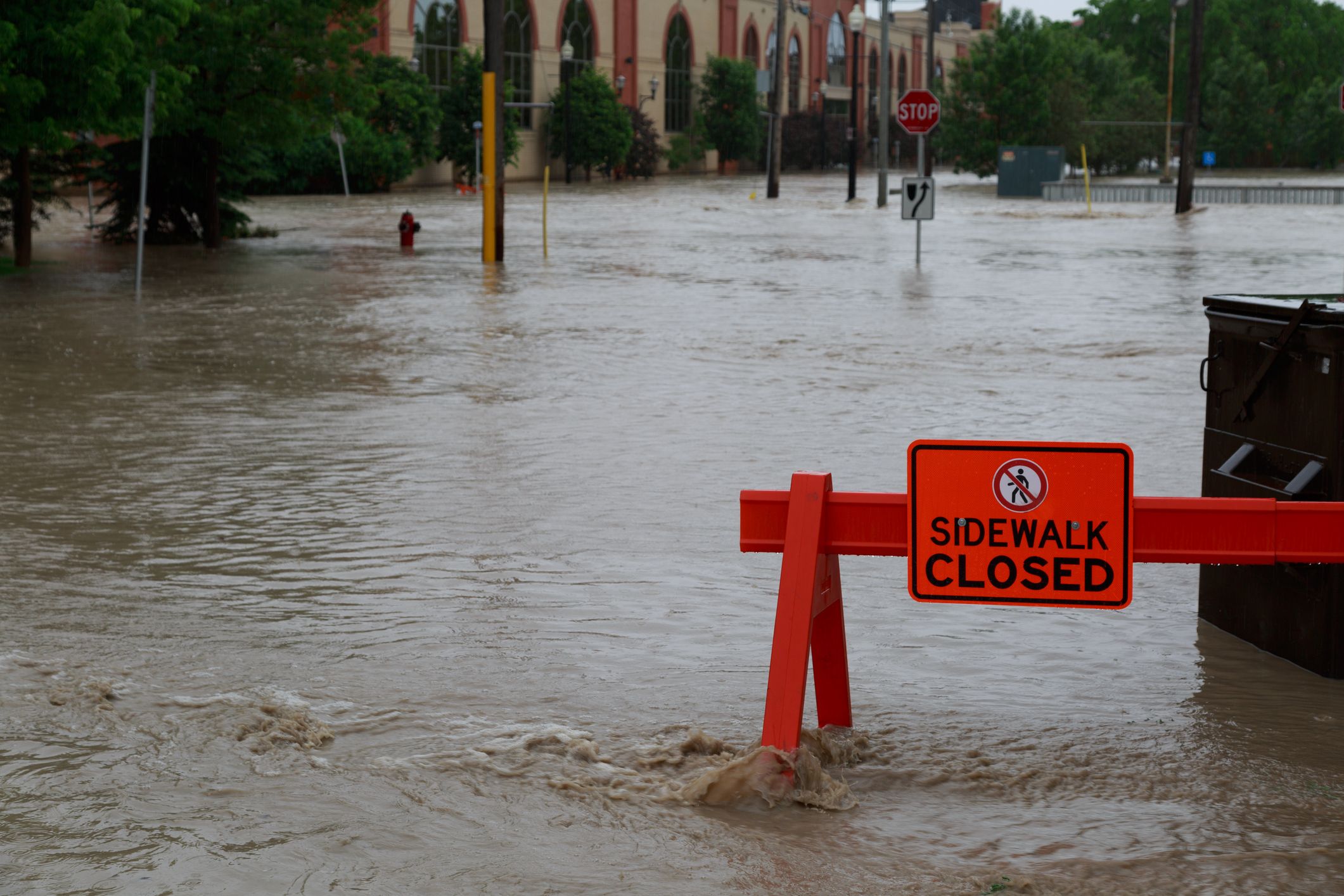Columbia Engineering researchers have demonstrated that stormwater runoff extremes have been dramatically increasing in response to climate change and other anthropogenic changes to the environment.
Detailed in the study, Large increase in global storm runoff extremes driven by climate and anthropogenic changes, published in Nature Communications, shows a large increase in both precipitation and runoff extremes driven by both human activity and climate change.
The team, led by Pierre Gentine, associate professor of earth and environmental engineering and affiliated with the Earth Institute, also found that storm runoff has a stronger response than precipitation to human-induced changes (climate change, land-use land-cover changes, etc). This suggests that projected responses of storm runoff extremes to climate and anthropogenic changes are going to increase dramatically, posing large threats to ecosystems, affecting community resilience, and infrastructure systems.
“Our work helps explain the underlying physical mechanisms related to the intensification of precipitation and runoff extremes,” Gentine said. “This will help improve flood forecasting and early-warning alerts. Our findings can help provide scientific guidance for infrastructure and ecosystem resilience planning and could help formulate strategies for tackling climate change.”
The researchers discovered that changes in storm runoff extremes in most regions of the world are in line with or higher than those of precipitation extremes. As well, they noted that different responses of precipitation and storm runoff to temperature can be attributed not only to warming, but to factors like land-use and land-cover changes, water and land management, and vegetation changes that have altered the underlying surface conditions and hydrological feedbacks that have, in turn, increased storm runoff.
Motivated, in part, by previous studies being focused on the precipitation response to climate change, Gentine’s team decided to examine the response of both precipitation and storm runoff extremes. They team performed a global scale hydrological analysis to characterize the responses and their underlying physical mechanisms. The researchers then assessed the influence of variability across decades on the scaling of runoff extremes and temperature and systematically compared this with changes in precipitation extremes. Their observational daily runoff data came from the Global Runoff Data Centre (GRDC) datasets and daily precipitation and near-surface air temperature data from Global Summary of the Day (GSOD) dataset.
“We were trying to find the physical mechanisms behind why precipitation and runoff extremes are increasing all over the globe,” said the study’s lead author Jiabo Yin, a visiting student from Wuhan University working in Gentine’s group. “We know that precipitation and runoff extremes will significantly intensify in the future, and we need to modify our infrastructure accordingly. Our study establishes a framework for investigating the runoff response.”
Gentine’s team plans next to try to partition the impacts of thermodynamic and atmosphere dynamics on precipitation to gain a deeper understanding about precipitation intensification. They will also focus on detecting changes due to climate warming versus those due to other forms of human activity in order to establish an adaptive water resources management system.









